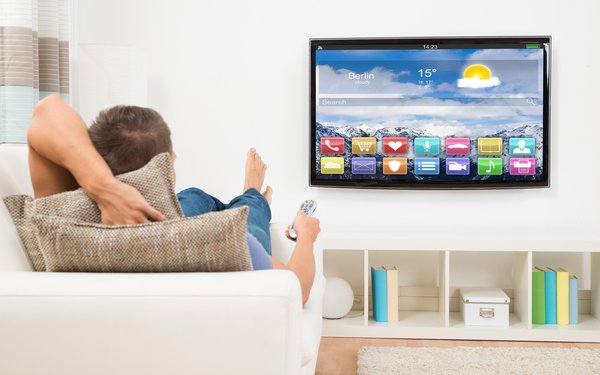
The connected television is becoming more of a
core home component of the Internet of Things and, depending on the demographic, an important device for certain markets.
About three-fourths (74%) of U.S households have an Internet-connected
TV, an increase of about 50% since 2013, according to the latest research from The Diffusion Group.
This is not the only indicator of the shift from traditional to Internet-connected
televisions, with streaming services to those connected TVs increasing.
For example, Sling TV and DirectTV added 500,000 subscribers in the last quarter, according to MoffettNathanson
Research. During the same timeframe, cable, satellite and telco TV distributors lost 319,000 subscribers,
Consumer activity tracking is also adapting to the shift. Audience measurement and
data platform Tru Optik just partnered with Videology to better identify specific OTT (over-the-top) audiences.
The shift to smart TV viewing is also impacting demographics
TV-
connected device, such as digital streaming services, are a big deal to millennials.
While millennial spend 66% of average gross minutes watching traditional TV, they spend 23% of the time on
connected TV devices, according to a new study out today.
The Millennials on Millennials Report from Nielsen comprised data from multiple Nielsen studies, in addition to an analysis of TV
programs from different networks.
While millennials are migrating to content from connected TV, the rest of the market is not necessarily moving with them. For example, Nielson found that
consumers 35 and older spend only 6% of average weekly gross minutes watching content from connected TV devices.
Of course, eventually all TVs will be connected, since they’re being made
that way.